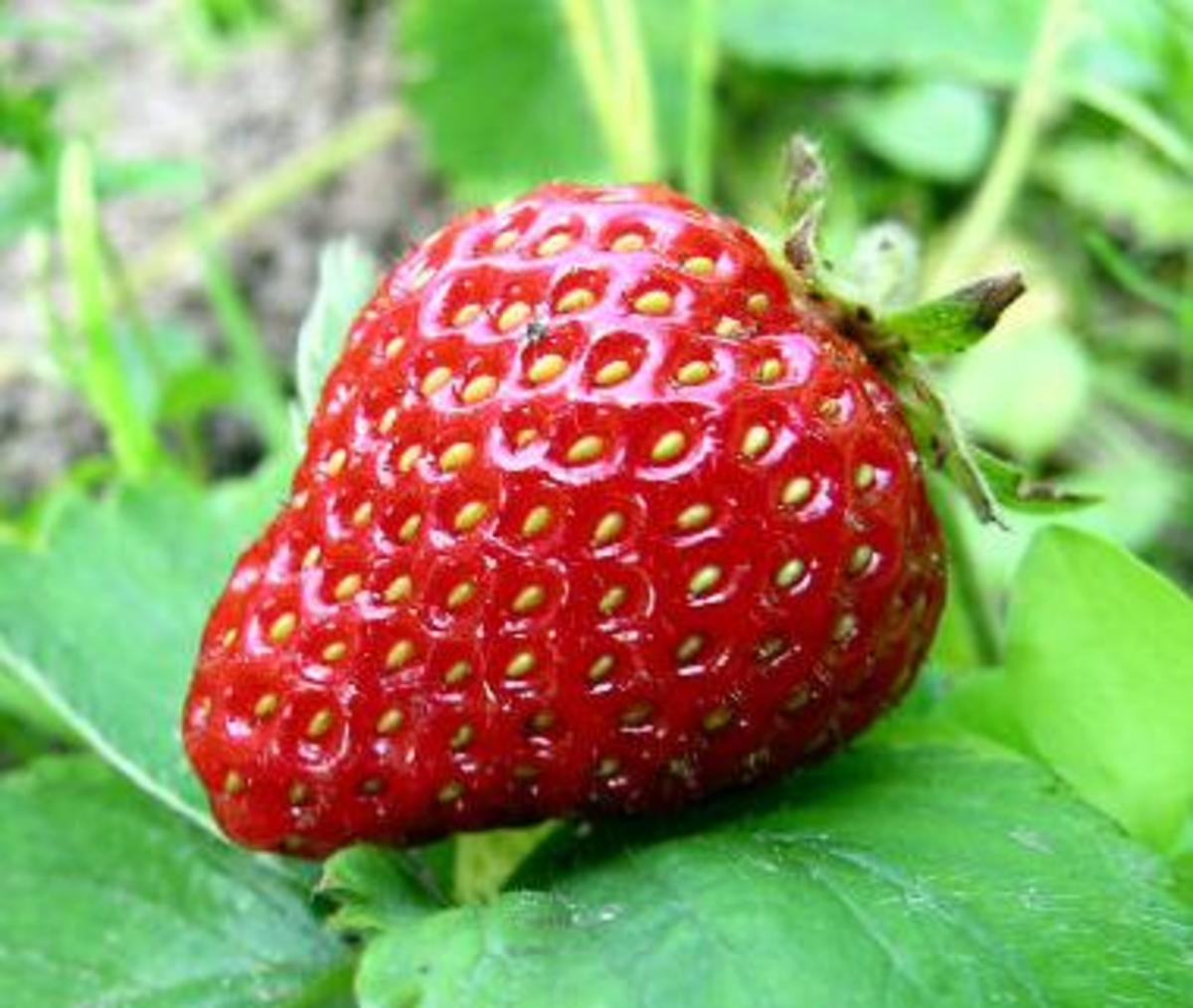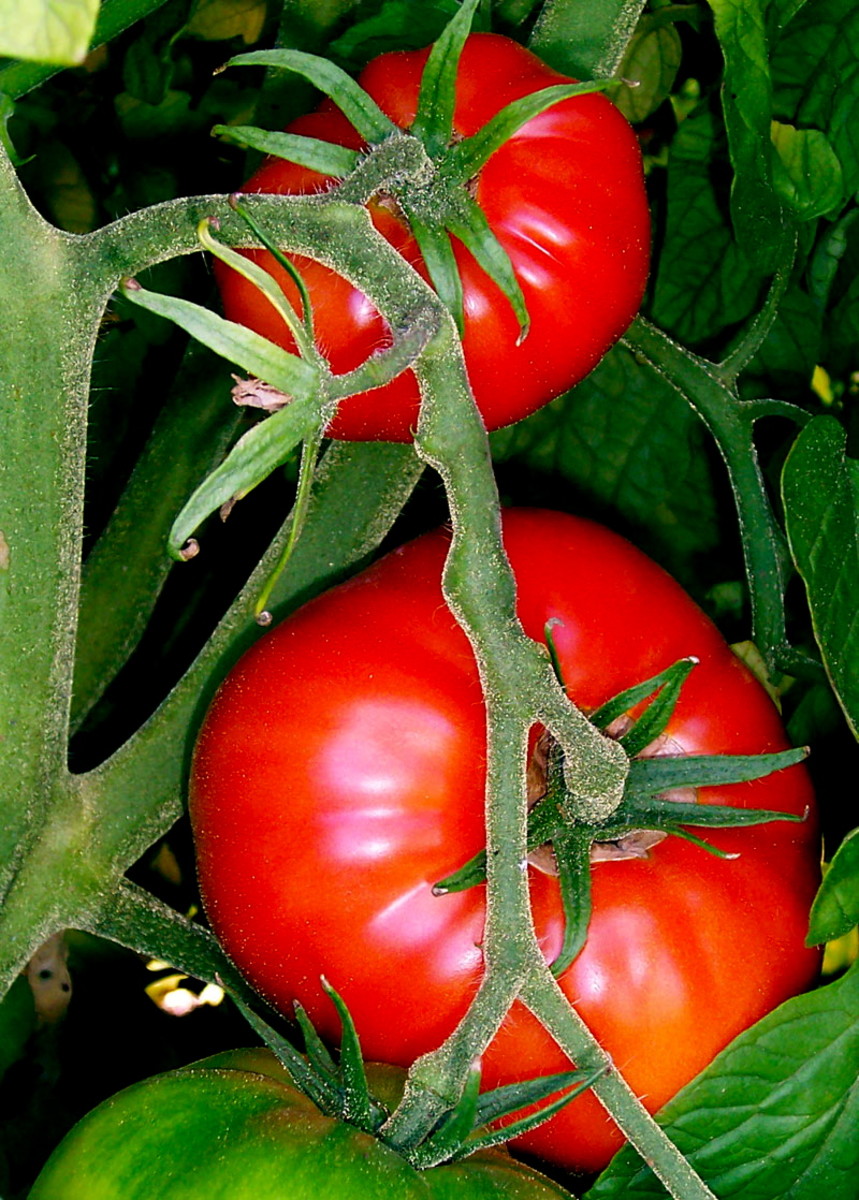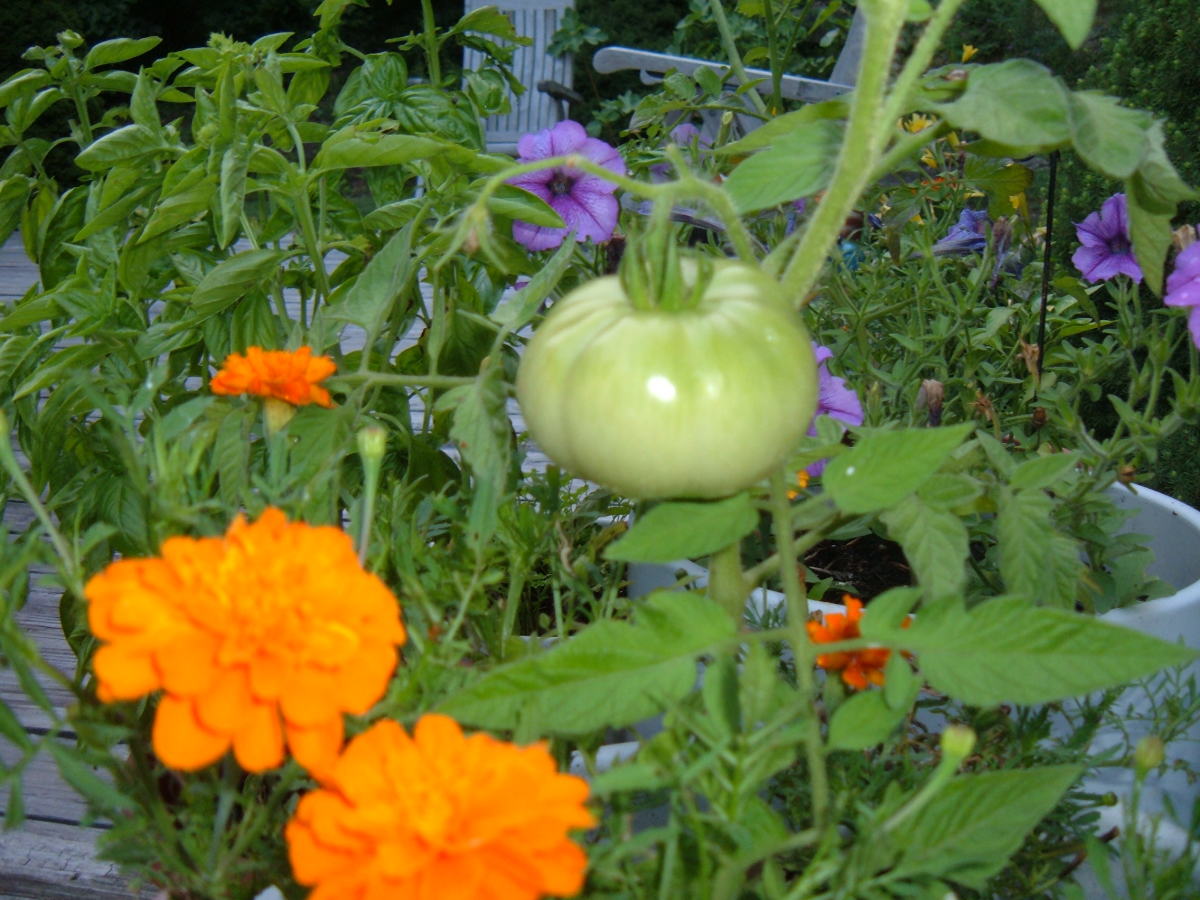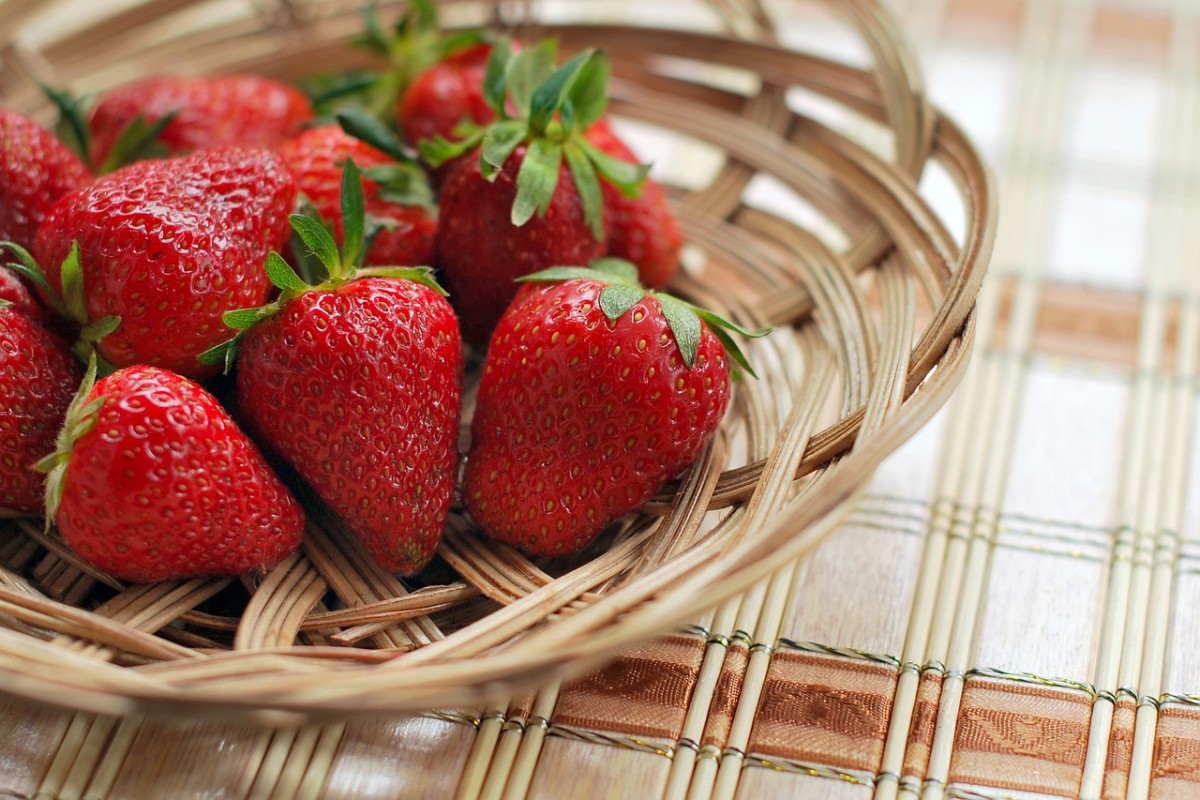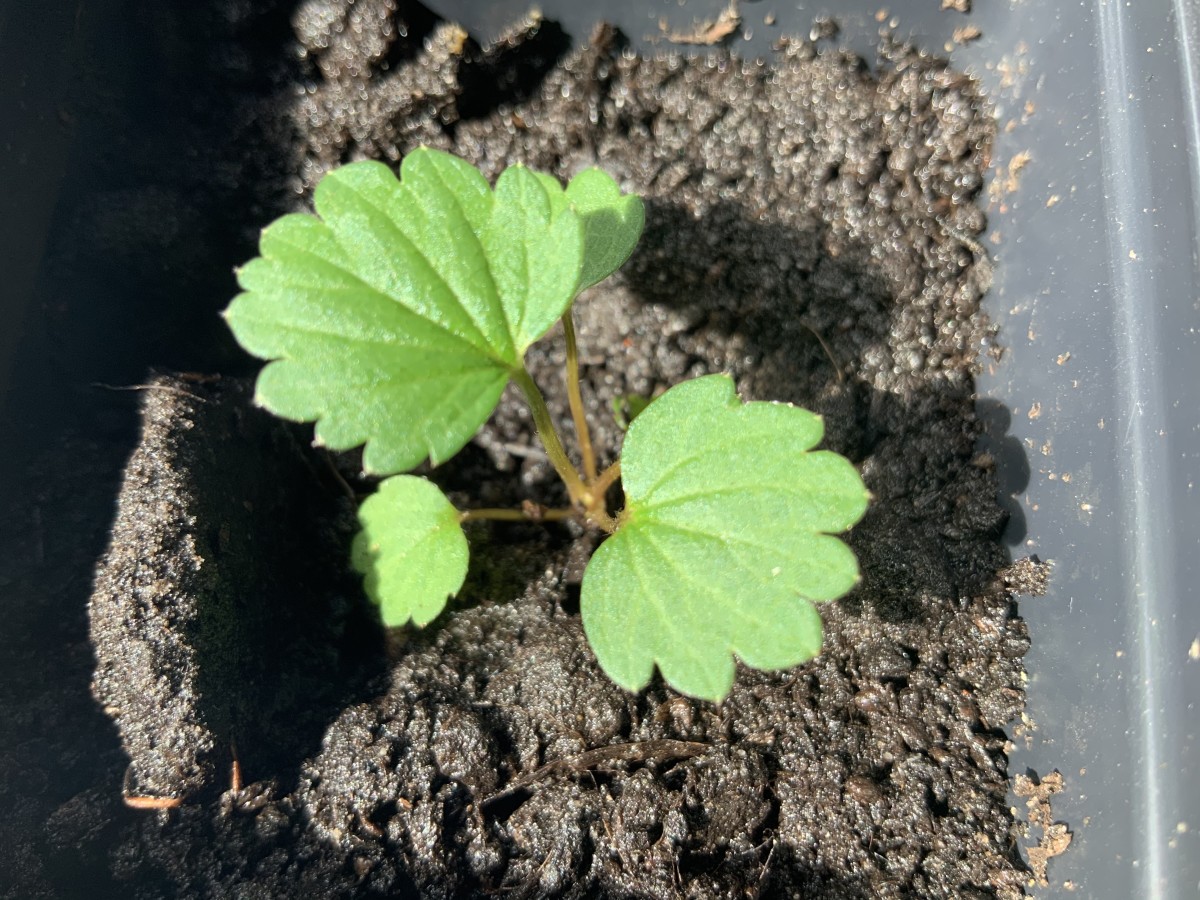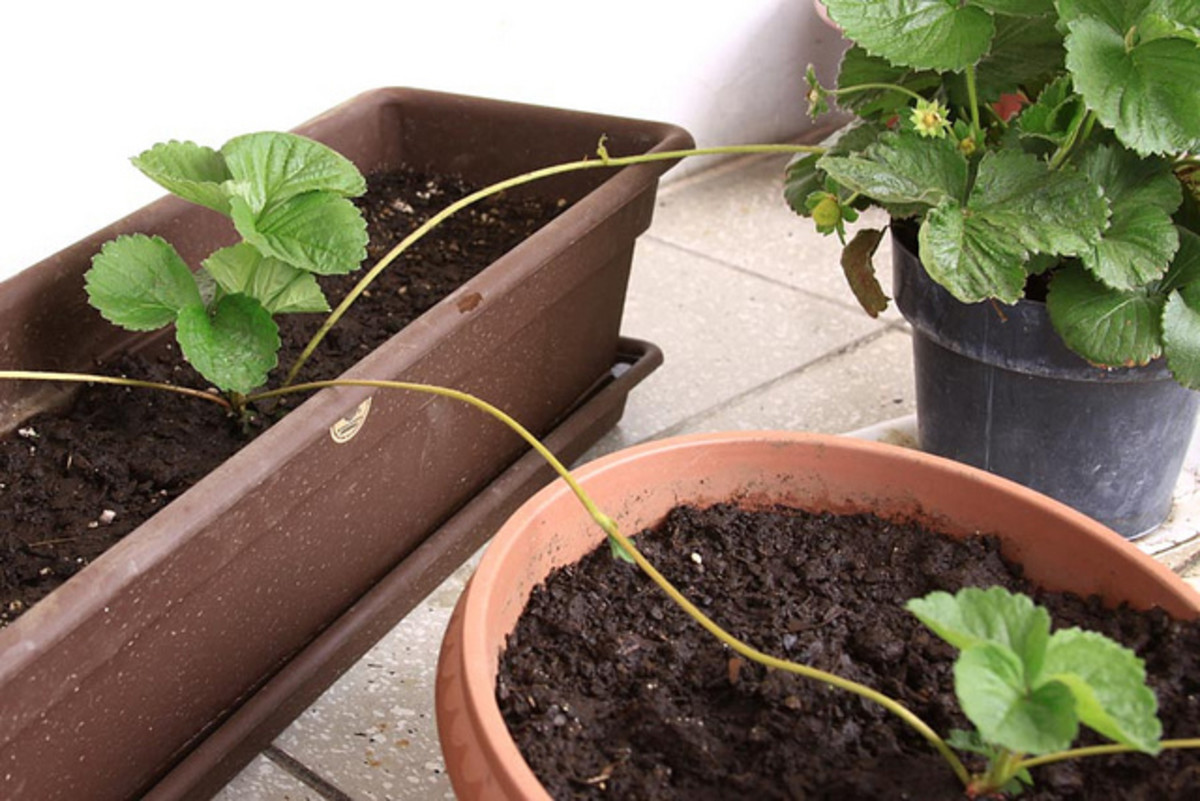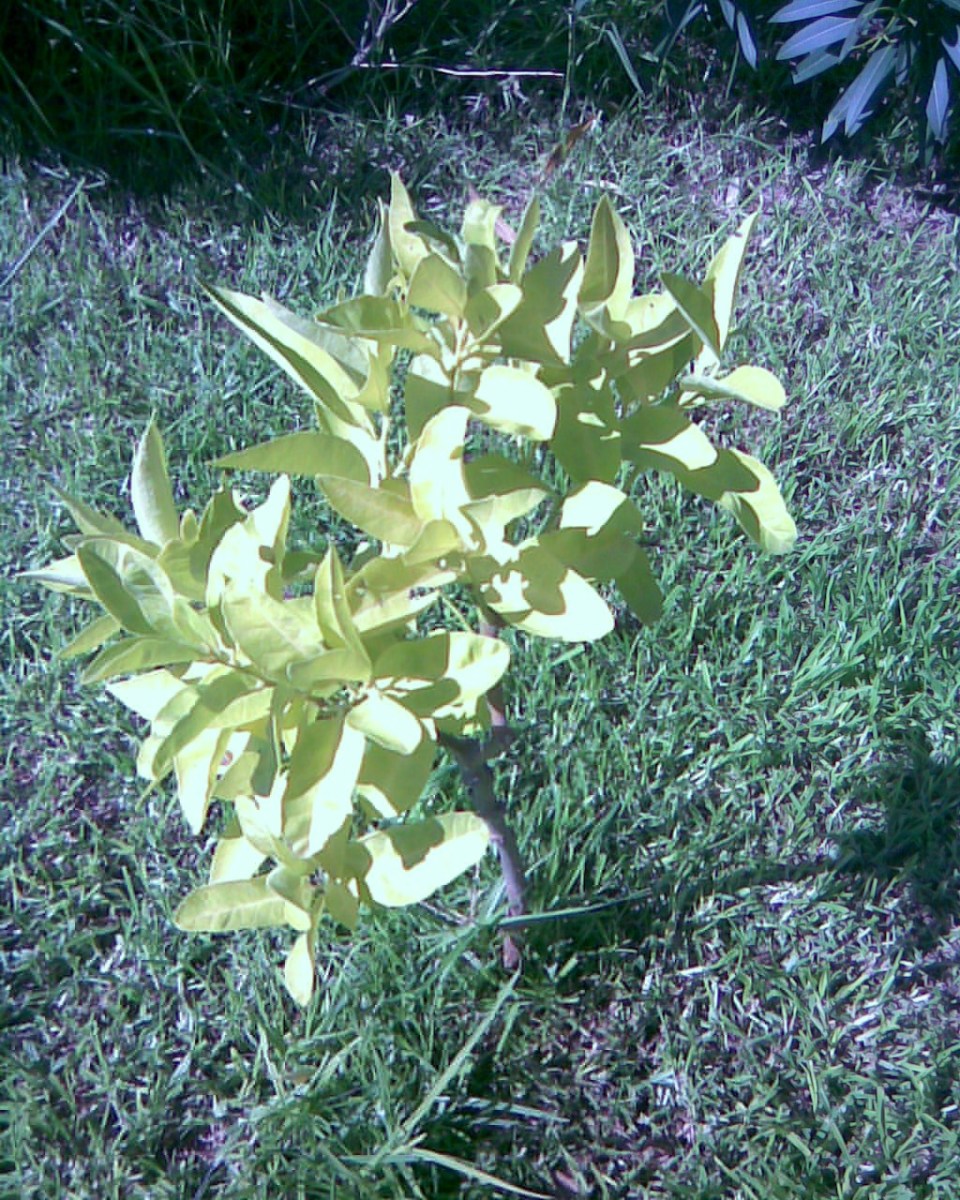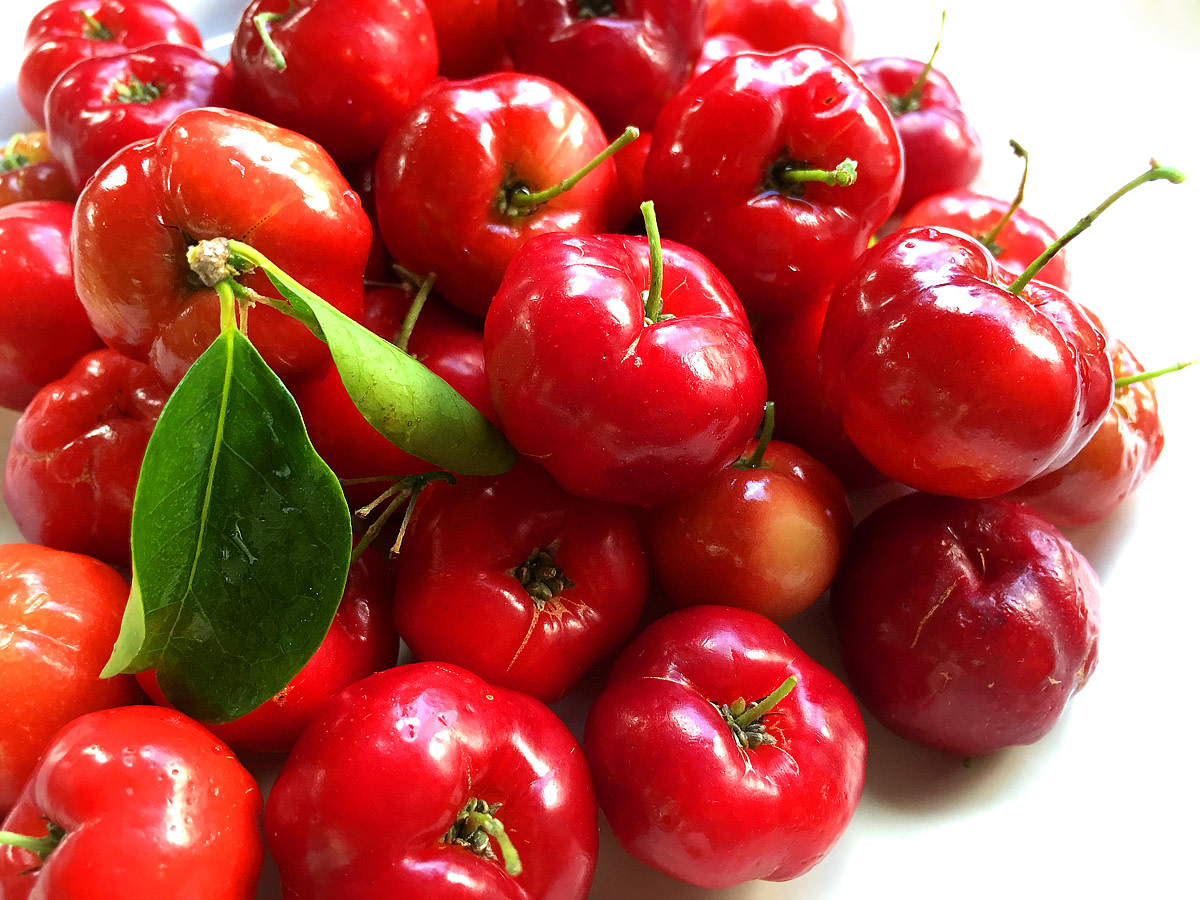Growing Strawberries from Plants
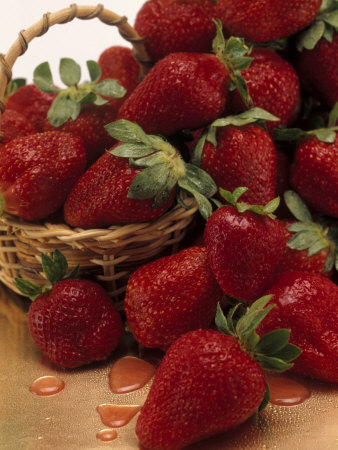
Growing Strawberries
Strawberries can be grown from seeds or from plants that can be purchased from a nursery or even online. They are delicious; it is really worth the time and trouble involved to grow them for your own usage.
It is easier to grow them from ready-bought plants but they can be grown from seeds. Here we discuss cultivating strawberries from plants.
They are best planted in the early part of spring or late autumn (fall). Strawberries like warmth and need a lot of sunlight, all day sun if possible. They don't grow well in frost or cold, windy conditions.
Depending on whether you live in the Northern or Southern Hemisphere the time of year for planting strawberry plants will differ according to the relevant climate conditions.
Apart from their sweet, juicy taste, they are beneficial to one's health. That's because they contain vitamin C as well as other beneficial nutrients and anti-oxidants.
Making A Start
- First decide where you want to grow your strawberries and prepare the soil in the area you have in mind. An area of 1.3 m to 1.5 m (approximately 51 in to 59 in) is suitable; go bigger if you want to. Alternatively prepare containers or pots for growing.
- They like a rich soil that has a lots of lime, loam (clay, sand & silt) and is high in humus (decayed organic matter). The soil must be well dug and loosened, allowing for proper drainage. Add large amounts of manure, organic matter and bone meal. Fertilizer can be added too. Strawberry plants don't like soil that has excessive clay. The Ph balance can be anything from 5.5 to 7.0. For growing in containers or pots preferably use potting soil.
In Rows
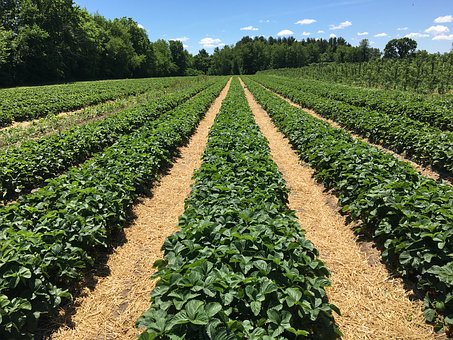
Preparation For Planting
-
Once the soil has been properly prepared you can organize the planting bed into rows. These should be from 0.7 m to 1 m (approximately 27 in to 39 in) distance apart and the individual plants 34 cm to 44 cm (13.4 in to 17.3 in) apart. If your planting area is large, spacing between rows can be greater
- It's now a good time to purchase the plants that you want to grow. Ask the nursery or outlet about the best variety to grow, to suit your needs. There are basically 3 types of strawberry plants - June Bearing, Ever-bearing and Day Neutral. (June Bearing plants are known as Summer Bearing plants in the Southern Hemisphere). Ever-bearing are perennial and grow for up to 5 years; perhaps start with these if you want an annual yield.
-
You also want to avoid planting strawberries in ground where tomatoes, raspberries, eggplant, peppers and potatoes have been growing. There's a disease called verticillium wilt that your plants may get if you plant in such an area.
- Don't mulch the soil before planting, only do it afterwards. Another 'don't' is to not plant near large trees because of their roots interfering with the strawberry roots.
Planting
- Planting is best done towards the end of the afternoon or on an overcast day. Place the roots in water for a while for easy transfer of plants.
- First remove the runners from the plants. This allows the plant to retain or imrove its capacity and results in a better yield of fruit. Make a fairly deep holes for the plants and don't plant too deep or too high above the ground. Make mounds around the plants; the crown must be just above the soil.
-
Form the mounds and pat the soil down around the plants. Add mulch to keep moisture in and weeds out. Mulch is a covering made of anything from straw to compost, shredded bark or leaves, or grass clippings.
- Plastic sheeting can be placed over the mounds to protect the plants from the soil.
- Water the plants and make sure they get adequate water when the fruit starts appearing. Don't water the actual fruit and no over-watering.
- When the first flowers appear, remove them. Remember to take off excess runners; in other words don't let them grow wild. When the fruit starts forming cover them with netting to prevent birds feeding on them.
- Fertilizer must be added annually especially if the plants appear to be green. Organic fertilizer can also be used.
- Keep the area around them weed-free and pick the fruit when it is a ripe red colour, leave the stem in place though. Be gentle when picking the fruit so as not to do any damage to it. Remember to leave part of the stem on.
- Enjoy eating your home-grown strawberries with family and friends.
Strawberry Feast
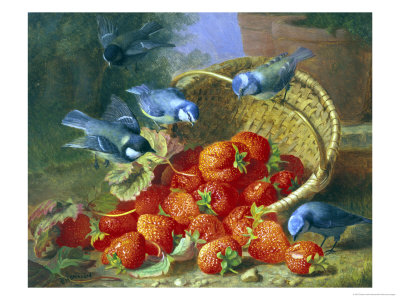
Growing Strawberries From Plants, In Containers
If you do not have a garden outside strawberries can successfully be grown in containers.
- Strawberries grown in containers like lots of sunlight but can be moved indoors and outdoors according to the weather.
- They are best grown in spring and can also be planted in hanging containers. The container should be at least 45cm (17.7 in) in diameter. (18 in is fine too).
- Place stones or pebbles at the bottom of the container or pot for good drainage.
- Use a rich potting soil - fill the container to two thirds capacity, then fill it with compost, mixing it into the uppermost area of soil. Compost can be added at bi-monthly intervals or when necessary. Add fertilizer if you use it.
- Water the soil mixture until the water drains out of the container, preferably use a watering can with a sprinkler type of attachment so as not to cause rivets in the soil.
- Make 4 to 6 mounds that are not more than 7 cm (2.8 in) wide. Space them 15 cm (5.9 in) apart.
- Purchase strawberry plants, take them out of the nursery containers using care. Get rid of excess soil on the roots by shaking them, then soak them in water for about an hour to moisten them thoroughly.
- Place the plants on the mounds, letting the roots go down their sides. Put more soil in until it reaches just below the crowns of the plants.
- Water well, adding more soil or compost when necessary. Pick the strawberry fruit only when it is ripe.
- Smaller containers can be used if you want to grow just one plant in each one.
Are you considering growing strawberries?
Growing Strawberries
This content is accurate and true to the best of the author’s knowledge and is not meant to substitute for formal and individualized advice from a qualified professional.
© 2014 David Edward Lynch


